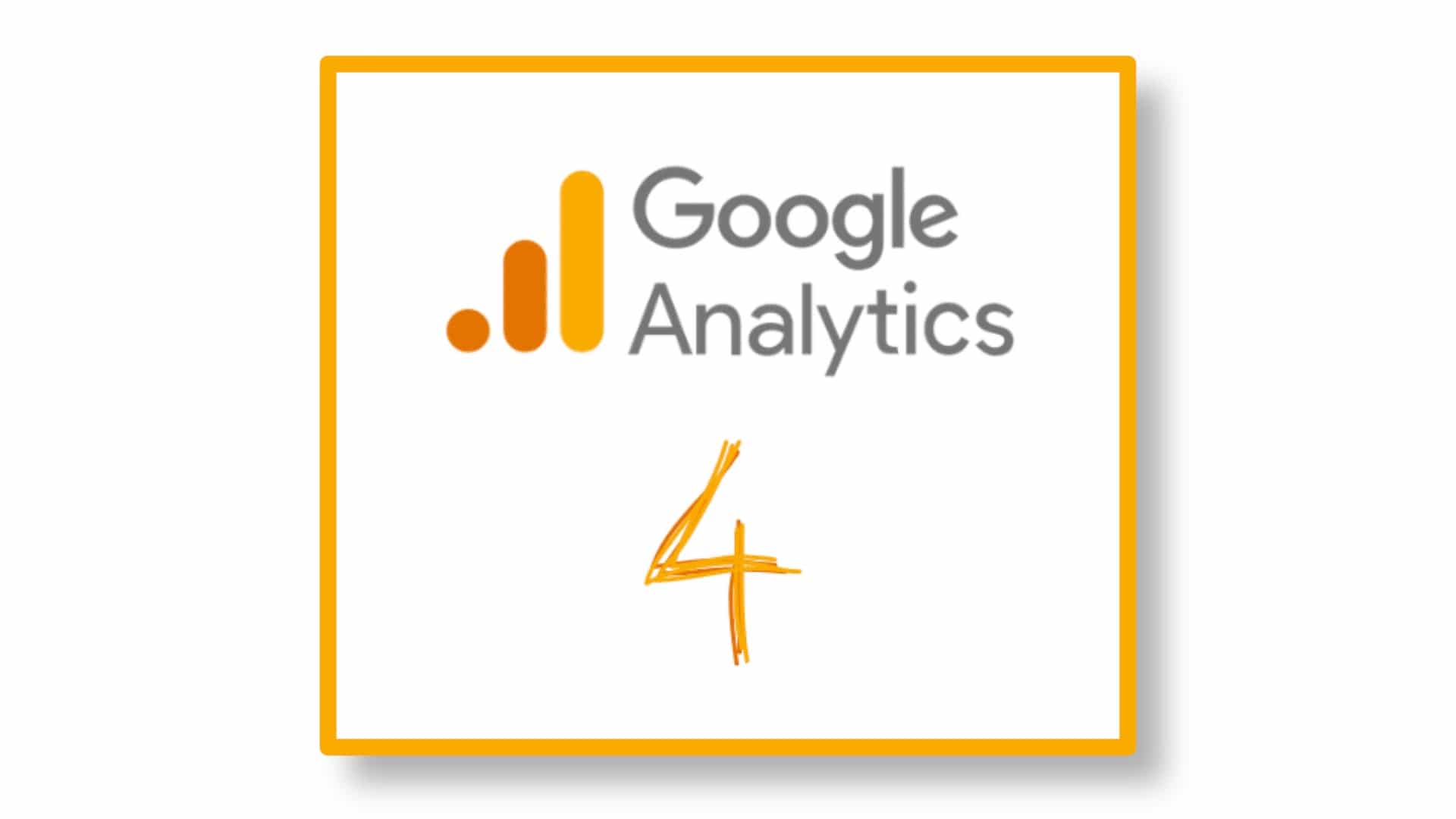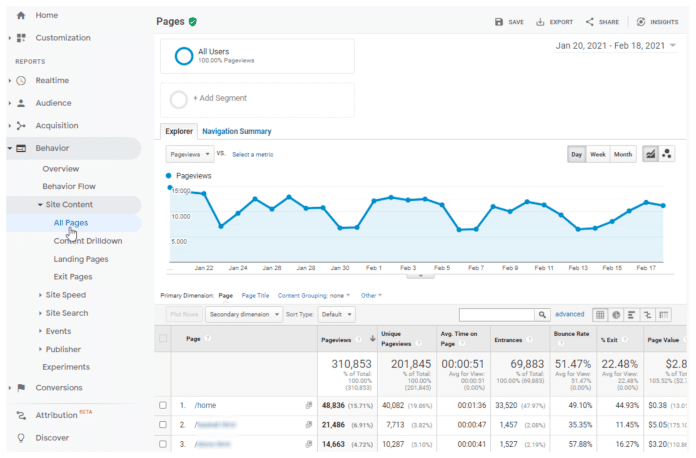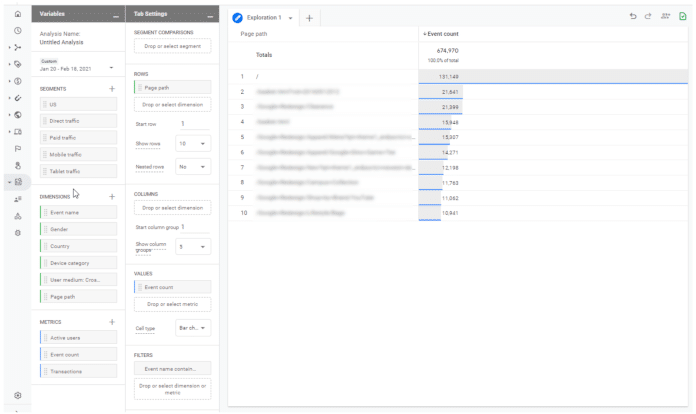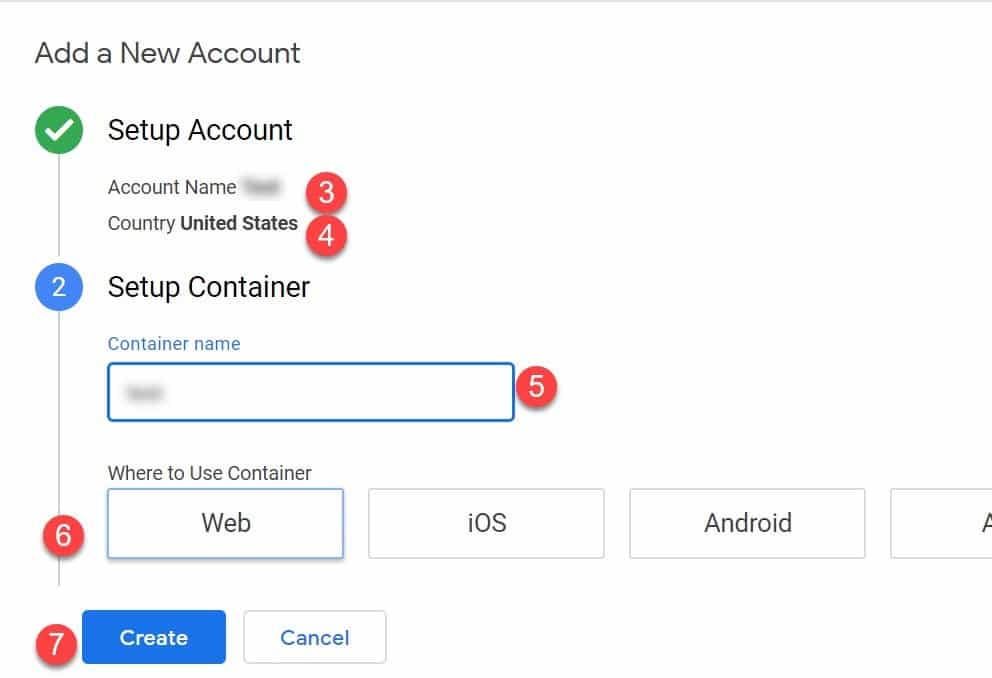What You Need to Know About Google Analytics 4

On October 13th, Google announced the introduction of the new Google Analytics: Google Analytics 4, commonly referred to as “GA4.” What’s important to note here is that Google Analytics 4 doesn’t just bring with it a wave of new features: It’s actually an entirely different model for gathering analytics.
So, what does this mean for you?
Well, before we touch on some of the high points with Google Analytics 4, there’s one key takeaway you should know about before reading ahead: GA4 is all about allowing you to spend less time collecting data while still providing accurate representations of user behavior.
With that out of the way, let’s dive a little deeper into the core concepts associated with GA4 and how they pertain to you.
No More Sampling
One of the biggest advantages that GA4 holds over the original GA is that standard reports no longer use sampling. Whether you apply different filters or perform comparisons, reports will continue to be unsampled.
To put it simply, sampling can be a problem when smaller sample sizes misrepresent overall data.
There are a certain few situations within GA4 that can cause sampling under the “Analysis” tab, but all standard reports remain unsampled, giving you the best representation of the data you’re looking for. However, one thing to note with this new unsampled data is that you’ll no longer have unlimited data retention. With Universal Analytics, you could set your data retention to “never expire”, but with GA4, you’ll only be able to hang on to this data for 14 months. Because of this, to keep custom detailed reports after 14 months, you’ll need to set up a way to export your data.
This is where BigQuery integration comes into play.
Simple BigQuery Integration
With Google Analytics 4, BigQuery integration is now available to everyone, even those using the free version of Google Analytics can gain access to it.
Putting it simply, BigQuery can store large sets of data within the cloud, meaning the data is safe and secure. BigQuery is designed with efficiency at the forefront, allowing you to access data all in one place and gain faster results.
BigQuery does have a fee attached to it, in some cases. However, this may be necessary, since the unsampled data discussed previously doesn’t last forever. GA4 only allows up to 14 months of data retention, which means you’ll need to export data into BigQuery after this time is up.
Brand New Engagement Metrics
Instead of using the old “bounce rate” metric, Google Analytics 4 has introduced a new metric called “engaged sessions”.
What qualifies as an engaged session, exactly?
There are three different scenarios that classify a session as engaged:
- Firing a conversion event
- Firing 2 or more page views
- Actively engaging with a website for more than 10 seconds
One of the most important differences here is that this new metric can help with a scenario that isn’t easily tracked by the bounce rate metric: Mobile app usage. GA4 allows you to merge both website and mobile application data and paints a more accurate picture depicting a wider variety of user experiences.
A Brand New Interface
With a new platform comes a new interface to learn. What’s important to note here is that for any seasoned Universal Analytics user, the interface will likely feel less intuitive.
For example, if you want to look at total page views for a certain website, all you need to do is click on “Behavior”, then “Site Content”, and then “All Pages”. There, you’ll get a page view report:

With GA4, acquiring a similar report requires far more work and isn’t an obvious process. You’ll need to instead go into the Analysis Hub and create a report that shows Page Path, Unique Events, and filters by Event Name = page_view:

If that sounds like a lot more work for a similar result, that’s because it is. GA4 simply cannot provide the same reports that those who are familiar with Universal Analytics are used to.
Should You Switch to Google Analytics 4?
The bottom line is this: For anyone accustomed to prior versions of Google Analytics, the user interface for GA4 may not be the most intuitive. On top of that, the learning curve attached to GA4 means that it likely won’t be an ideal option for your newest intern to pull and manage reports.
However, on the flip side, the addition of the new engaged sessions metric over the old bounce rate metric, and the removal of sampling are both significant upsides to GA4 as a whole.
Although GA4 will come with a learning curve, our recommendation would be dual implementation, if possible. This ensures futureproofing for analytics activity in the future, while allowing you to use the original GA for specific activities, such as feeding ads data. Shifting over to GA4 may not be entirely feasible for you at the moment, depending on your needs.
Looking For More Information?
The new Google Analytics 4 release can prove to be confusing for some. We wouldn’t blame you. If you’re looking for more clarification on GA4 benefits, or even some advice on whether or not to implement GA4, don’t hesitate to reach out to us. We’re here to help.
Share this
You May Also Like
These Related Stories

Online Competitive Intelligence Fuels Your Digital Marketing Strategy

How To Set Up GTM: A Quick Guide
